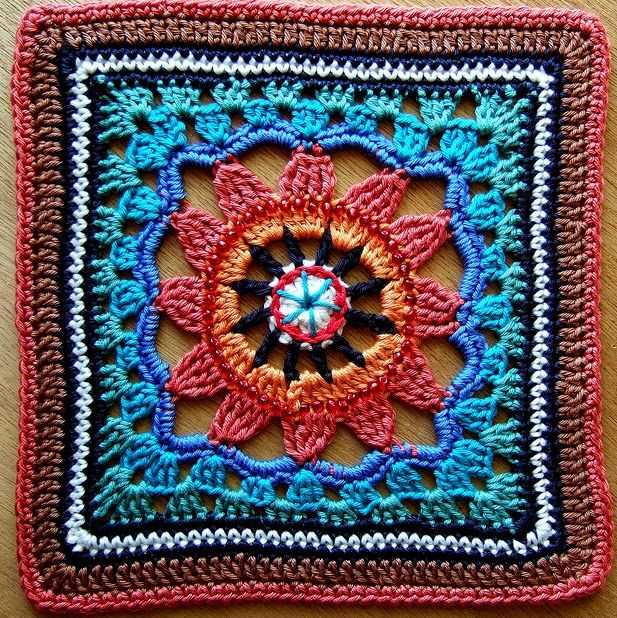
When it comes to knitting, there are countless patterns and techniques to choose from. One technique that has gained popularity in recent years is the Persian knitting pattern. Known for its intricate and beautiful designs, the Persian knitting pattern adds a touch of elegance to any knitting project.
Originating in Persia, which is now modern-day Iran, the Persian knitting pattern has a rich history that dates back centuries. It was often used to create garments and textiles that were not only functional but also visually stunning. Today, this traditional technique has been adapted for contemporary knitting, allowing knitters to incorporate this unique pattern into their projects.
What sets the Persian knitting pattern apart is its complex and geometric designs. The patterns often feature intricate motifs such as flowers, stars, and arabesques, which are meticulously worked into the fabric. These motifs are created by a combination of knit and purl stitches, often with the use of multiple colors.
Whether you’re an experienced knitter or a beginner, the Persian knitting pattern offers endless possibilities for creativity. From shawls and scarves to sweaters and blankets, you can incorporate this pattern into any knitting project to add a touch of sophistication and style. So why not give the Persian knitting pattern a try and discover the beauty of this ancient technique?
Persian Knitting Pattern
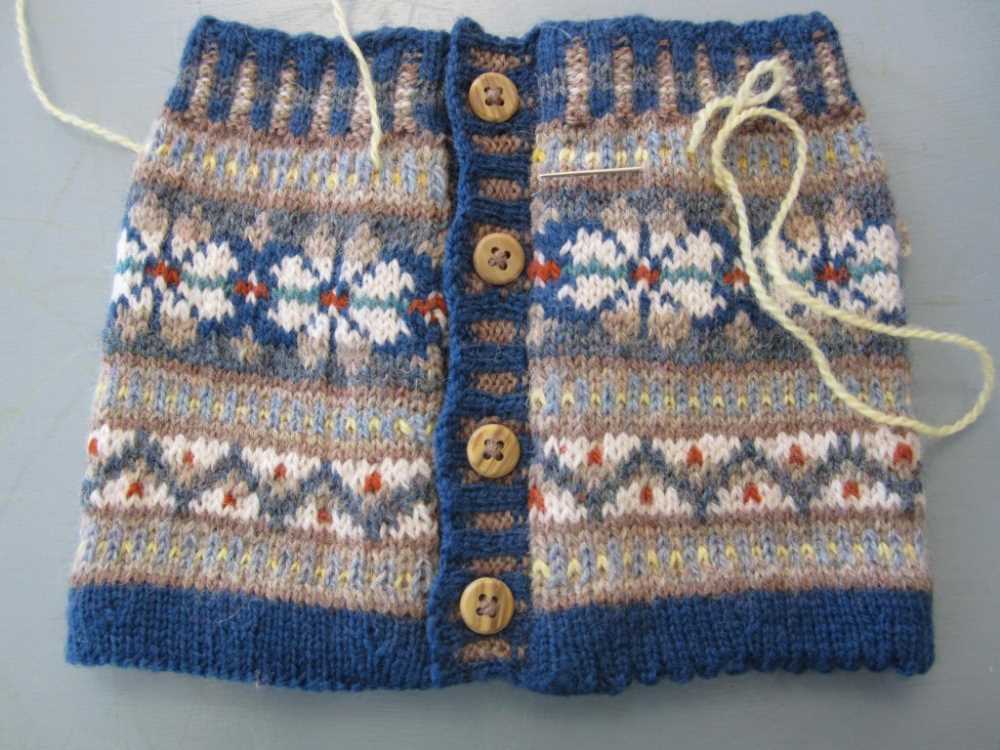
A Persian knitting pattern is a decorative technique used in knitting to create intricate and ornate designs. This technique typically incorporates a variety of stitches and colorwork to achieve beautiful patterns and motifs.
One of the distinctive features of Persian knitting patterns is the use of geometric shapes and repeating patterns. These designs often draw inspiration from Persian carpets, tiles, and other traditional Persian art forms. The patterns can range from simple and symmetrical to complex and intricate, depending on the skill level of the knitter.
Colorwork is also an important element in Persian knitting patterns. Knitters often use multiple colors of yarn to create striking contrasts and vivid patterns. The color combinations can be traditional and reflect the rich heritage of Persian art, or they can be more contemporary and experimental.
The Persian knitting technique can be applied to various knitting projects, including scarves, shawls, sweaters, and blankets. The versatility of this technique allows knitters to customize their creations and add a touch of elegance and sophistication to their work.
Whether you are a beginner or an experienced knitter, exploring the world of Persian knitting patterns can be a fascinating journey. There are countless resources available online, including tutorials, patterns, and inspiration, to help you get started on your own Persian knitting adventure.
A Brief History of Persian Knitting
Knitting has a long and rich history in the Persian culture, dating back thousands of years. The art of knitting was first introduced in ancient Persia, present-day Iran, by nomadic tribes who used knitting techniques to create garments for protection against the harsh climate.
The earliest evidence of Persian knitting can be traced back to the 5th century BCE, with the discovery of knitted socks found in archaeological sites. These socks were intricately designed, featuring intricate patterns and motifs that showcased the craftsmanship and creativity of Persian knitters.
During the Middle Ages, knitting became more widespread in Persia, as it was adopted by various communities and social classes. Knitting techniques and patterns were passed down from one generation to the next, with each region developing its unique style and designs.
In the 19th century, Persian knitting witnessed a revival, as it gained popularity among the upper-class society. Knitting became a favorite pastime for women, who would sit together, exchange patterns, and create beautiful garments for their families.
Today, Persian knitting patterns are cherished and preserved as a cultural heritage of Iran. From intricate shawls to cozy sweaters, these patterns continue to inspire knitters all around the world and serve as a reminder of the rich history and tradition of Persian knitting.
What Makes Persian Knitting Unique
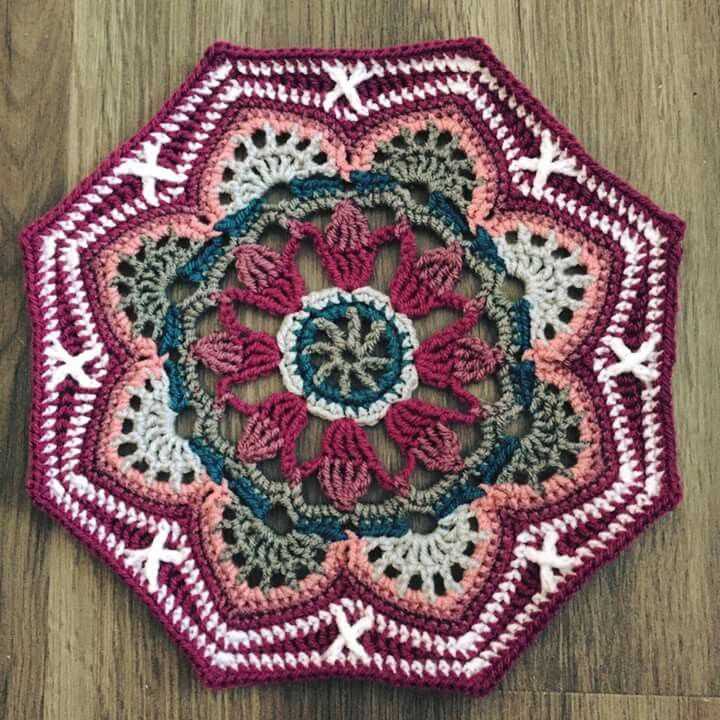
Persian knitting is an ancient craft that has been passed down through generations in Iran. It is known for its intricate patterns and rich colors, making it a unique art form. What sets Persian knitting apart from other knitting styles is its use of traditional motifs and symbols that have been part of Persian culture for centuries.
Color is one of the key elements that makes Persian knitting distinct. Persian knitters often use a wide range of vibrant colors in their designs, including bold shades of red, blue, and green. These colors are inspired by the natural beauty of Iran, such as the colorful carpets and stunning landscapes. The use of multiple colors adds depth and complexity to the knitted patterns, creating visually striking pieces.
Patterns in Persian knitting are another defining characteristic of this craft. Traditional Persian patterns often feature intricate geometric shapes and floral motifs. These patterns are not only visually appealing but also have symbolic meanings. For example, the use of a specific flower design may represent fertility or good fortune. The complex patterns require a high level of skill and concentration, making Persian knitting an art form that requires patience and dedication.
Materials used in Persian knitting are carefully chosen to ensure the quality and longevity of the finished piece. Natural fibers such as wool and silk are commonly used, providing warmth and softness to the knitted items. Persian knitters also pay attention to the quality of their needles and tools, using finely crafted needles made of materials like bone or wood.
Tradition plays a significant role in Persian knitting, as it is deeply rooted in the country’s cultural heritage. Many Persian knitters learn the craft from their mothers or grandmothers, passing down the knowledge and techniques from one generation to the next. This sense of tradition and the importance of preserving ancestral skills make Persian knitting a valuable and cherished tradition in Iran.
In conclusion, Persian knitting stands out due to its use of vibrant colors, intricate patterns, carefully selected materials, and strong connection to tradition. This ancient craft is not only a creative outlet but also a way to honor the rich cultural heritage of Iran.
Traditional Persian Knitting Techniques
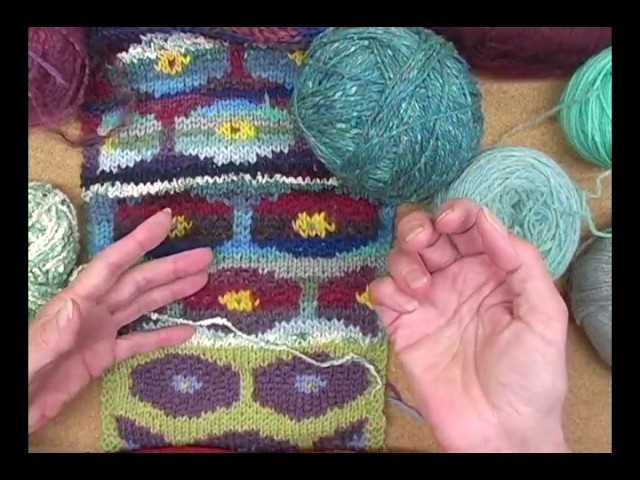
Persian knitting techniques have a rich history and are known for their intricate designs and detailed patterns. These techniques have been passed down through generations, preserving the traditional art of Persian knitting.
One of the key elements of Persian knitting is the use of vibrant and bold colors. Persian knitters often incorporate multiple colors into their designs, creating eye-catching and visually stunning patterns. The use of color is an important aspect of Persian culture, and it is reflected in their knitting traditions.
Cable knitting is another technique commonly used in Persian knitting. This technique involves knitting stitches out of order to create a cable-like pattern. The result is a raised design that adds texture and depth to the knitted fabric. Cable knitting in Persian patterns often features intricate designs inspired by nature, such as flowers, vines, and geometric motifs.
Lace knitting is also popular in Persian knitting. This technique involves creating delicate and intricate patterns by incorporating yarn-overs and decreases. Persian lace knitting often features floral motifs and delicate lacework, resulting in elegant and delicate finished pieces.
Fair Isle knitting is another technique commonly used in Persian knitting. This technique involves knitting with multiple colors in a way that creates a stranded or stranded colorwork effect. Persian knitters often incorporate geometric patterns and traditional motifs into their Fair Isle designs, creating visually stunning and unique pieces.
The traditional Persian knitting techniques are not only about creating beautiful patterns but also about preserving the rich cultural heritage of Persia. Each stitch is a tribute to generations of knitters who have passed down their knowledge and skills, ensuring that the art of Persian knitting continues to thrive.
Materials and Tools for Persian Knitting
Persian knitting is a beautiful and intricate technique that produces unique and stunning results. To get started with Persian knitting, you will need a few essential materials and tools. Here is a list of what you will need:
Yarn
The first thing you will need is high-quality yarn. Persian knitting typically uses fine or lace weight yarn in a variety of colors. Traditional Persian designs often incorporate vibrant hues and intricate patterns, so choose yarns that will showcase the complexity of your work.
Knitting Needles
Next, you will need a set of knitting needles. The size of the needles will depend on the weight of the yarn you choose. Fine or lace weight yarn typically requires smaller needles. It is essential to have a set of needles that are comfortable to hold and work with, as Persian knitting can be a time-consuming process. Consider using circular needles for larger projects to distribute the weight of your work more evenly.
Pattern Chart
When working on Persian knitting, you will need a pattern chart to guide you through the intricate designs. Persian knitting patterns are typically charted, with each symbol representing a specific stitch or color. It is crucial to have a clear and accurate pattern chart that includes all the necessary instructions for your project.
Stitch Markers
Stitch markers are helpful tools to keep track of your progress and mark specific points in your pattern. They can be especially useful when working on complex Persian knitting designs. Choose stitch markers that are easy to attach and remove from your knitting needles, ensuring they do not interfere with your stitches.
Tapestry Needles
Tapestry needles are indispensable for Persian knitting projects. They are used for weaving in loose ends, seaming pieces together, and adding intricate details to your work. Choose a tapestry needle with a smooth shaft and a large eye that will accommodate your knitting yarn. A set of different sizes can be useful for different aspects of your project.
With these essential materials and tools, you will be ready to embark on your Persian knitting journey. Enjoy the process of creating beautiful and intricate designs with this unique knitting technique.
Getting Started with Persian Knitting
If you’re new to knitting and want to try something different, Persian knitting patterns can be a great option. This technique, also known as Persian carpet knitting or Iranian knitting, incorporates intricate designs and textures into your projects. To help you get started, here are a few key steps and tips to keep in mind:
1. Familiarize Yourself with the Basics
Before diving into Persian knitting patterns, make sure you have a good understanding of the basics of knitting. This includes knowing how to cast on, knit and purl stitches, increase and decrease stitches, and bind off. Practice these fundamental skills until you feel comfortable and confident.
2. Gather Your Supplies
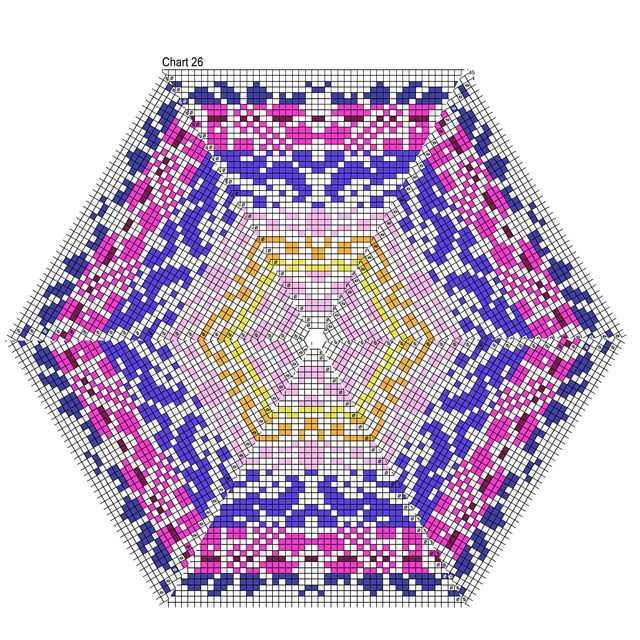
To get started with Persian knitting, you’ll need a few essential supplies. These include knitting needles suitable for the yarn you’ll be using, a variety of yarn colors to bring your pattern to life, and any additional tools like stitch markers or cable needles, if required. Choose high-quality materials that you enjoy working with to ensure a beautiful finished product.
3. Choose a Pattern
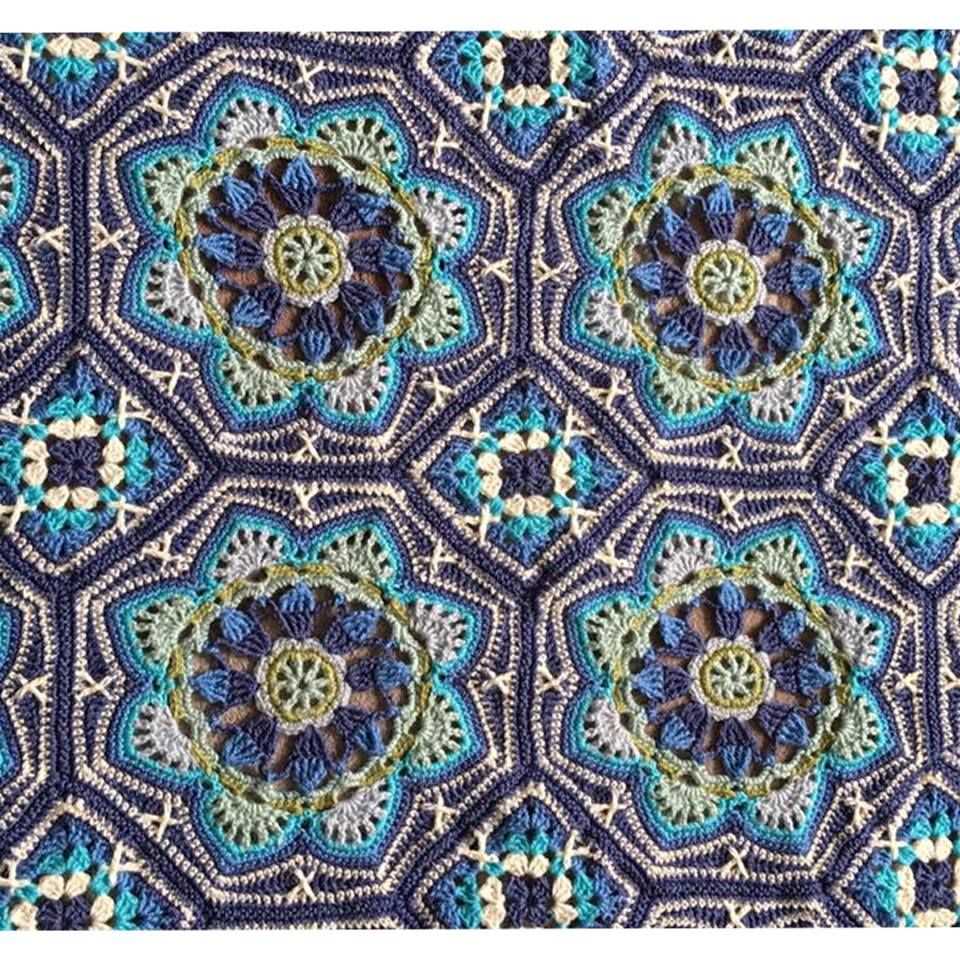
There are countless Persian knitting patterns available, ranging from simple geometric designs to more intricate motifs inspired by Persian carpets and tiles. Look for patterns that match your skill level and interests. Some patterns may require you to follow charts or written instructions, so familiarize yourself with the pattern before starting.
4. Practice the Knitting Technique
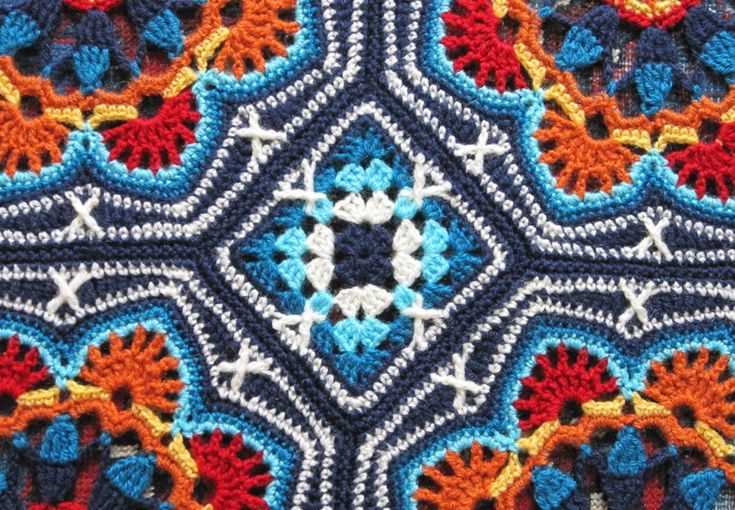
Persian knitting involves working with multiple yarn colors and creating textured patterns through various stitch combinations. Take your time to practice the specific techniques used in your chosen pattern. This may include stranded knitting, intarsia, or slipped stitches. Practice swatching and adjusting your tension until you achieve the desired result.
5. Enjoy the Process
As you embark on your Persian knitting journey, remember to enjoy the process. Persian knitting patterns can be challenging but rewarding. Embrace the intricacies of the designs and take pleasure in each stitch. Don’t be afraid to experiment and make the pattern your own by adding personal touches or modifying color combinations.
With these steps and tips in mind, you’re ready to dive into the world of Persian knitting. From cozy scarves to intricate blankets, the possibilities are endless. Embrace the rich history and beauty of Persian designs and create stunning knitted pieces that will be cherished for years to come.
Persian Knitting Patterns for Beginners
If you are new to knitting and want to try something unique and beautiful, Persian knitting patterns are a great option. These patterns are characterized by intricate designs and rich colors, making them perfect for creating eye-catching garments and accessories. Whether you want to knit a cozy scarf, a stylish hat, or a stunning sweater, Persian knitting patterns offer endless possibilities.
One of the key features of Persian knitting patterns is their use of geometric motifs. These patterns often incorporate traditional Persian designs such as paisley, medallions, and intricate borders. By following these patterns, beginners can learn new knitting techniques and gain confidence in their skills.
Here are a few tips for beginners who want to try Persian knitting patterns:
- Start with smaller projects: If you are new to knitting, it’s a good idea to start with smaller projects like scarves or hats. This will allow you to practice the pattern and get familiar with the techniques before taking on larger projects.
- Choose the right yarn and needles: When selecting yarn for Persian knitting patterns, look for options that have a good stitch definition and are soft to the touch. As for needles, choose ones that are appropriate for the yarn weight and comfortable to work with.
- Read the pattern carefully: Before you start knitting, make sure to carefully read and understand the pattern. Take note of any special stitches or techniques that may be required.
- Practice new stitches: Persian knitting patterns often include a variety of stitches, so don’t be afraid to practice them before starting your project. You can swatch different stitch patterns to get a feel for how they look and how they are worked.
With these tips in mind, beginners can confidently dive into the world of Persian knitting patterns and create stunning pieces of knitwear. Whether you prefer traditional designs or want to add a modern twist, Persian knitting patterns offer a unique and rewarding knitting experience.
Advanced Persian Knitting Patterns
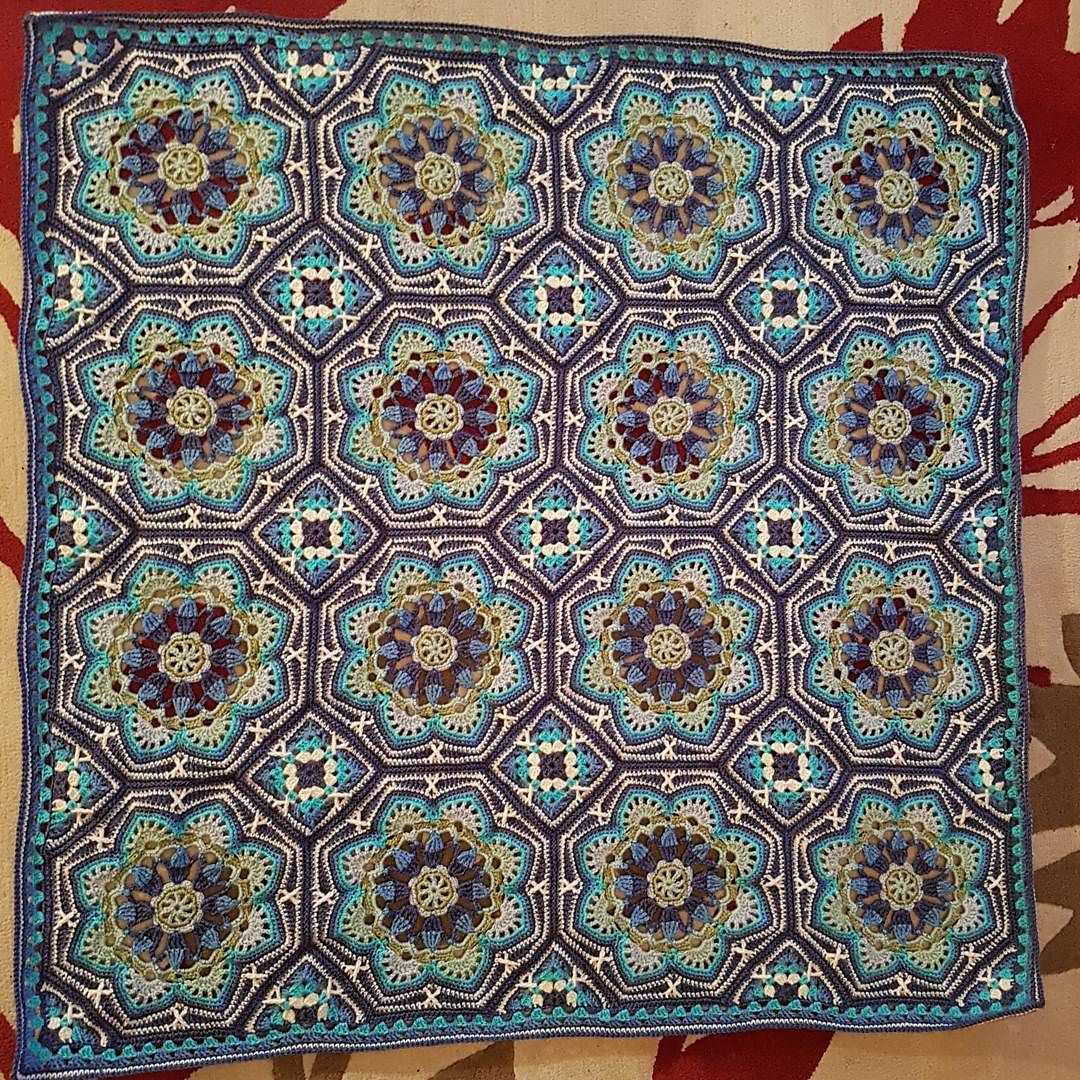
When you have mastered the basics of Persian knitting, you may be ready to try your hand at some more advanced patterns. These patterns often incorporate intricate designs and stitches that can create beautiful and unique textured fabrics.
One advanced pattern that you may want to try is the Persian star pattern. This pattern features a series of small, interlocking stars that create a stunning overall effect. To knit this pattern, you will need to be comfortable with reading charts and working with multiple colors. The pattern requires careful attention to detail and can be quite challenging, but the end result is definitely worth the effort.
If you enjoy lace knitting, you may want to try the Persian lace pattern. This pattern features delicate, lacy motifs that are reminiscent of Persian architecture and designs. The pattern may require working with fine yarn and small needles to achieve the desired level of detail. It is important to pay attention to the stitch count and follow the pattern carefully to create a balanced and symmetrical lace fabric.
Key Features of Advanced Persian Knitting Patterns:
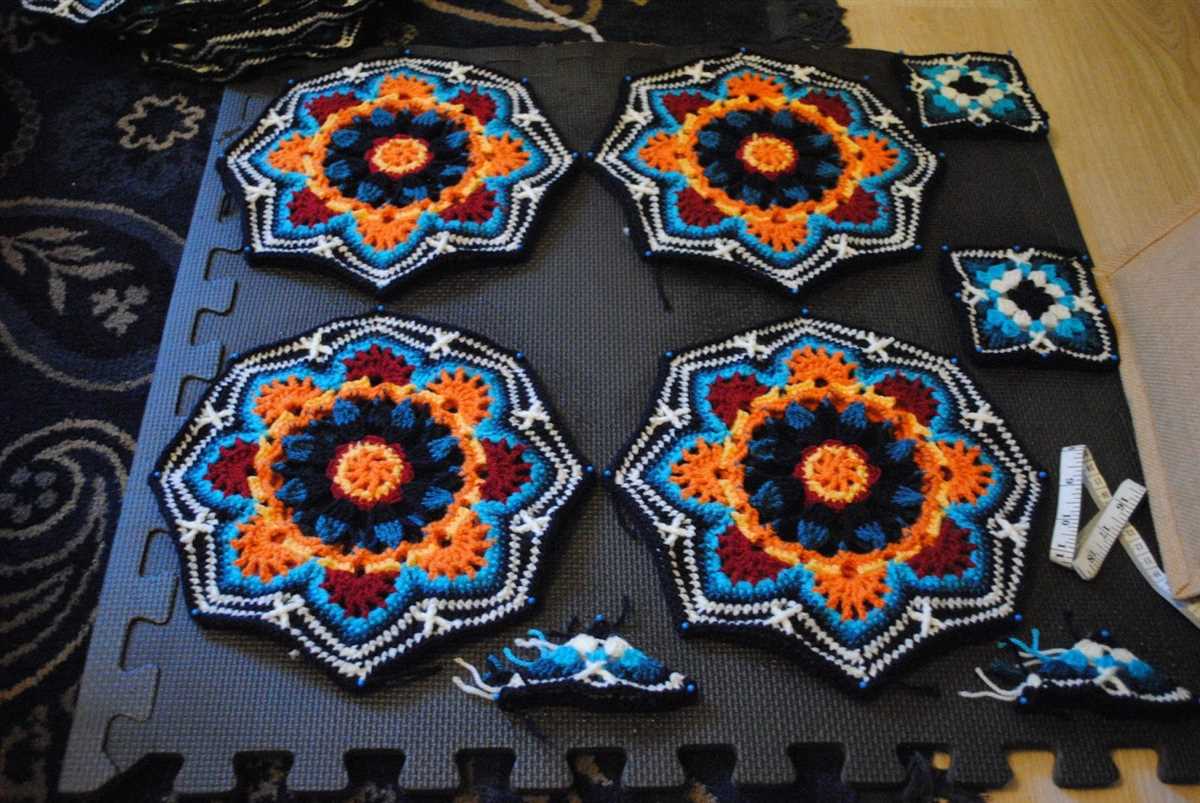
- Requires mastery of basic knitting techniques
- Incorporates intricate designs and stitches
- Often uses multiple colors and requires chart reading
- Can be challenging and requires attention to detail
- Creates beautiful textured or lace fabrics
Whether you choose to explore the Persian star pattern or the Persian lace pattern, advanced Persian knitting patterns will challenge and push your knitting skills to the next level. These patterns offer an opportunity for creativity and innovation, allowing you to create unique and stunning knitted pieces that showcase the beauty of Persian knitting.
Tips and Tricks for Perfecting Persian Knitting
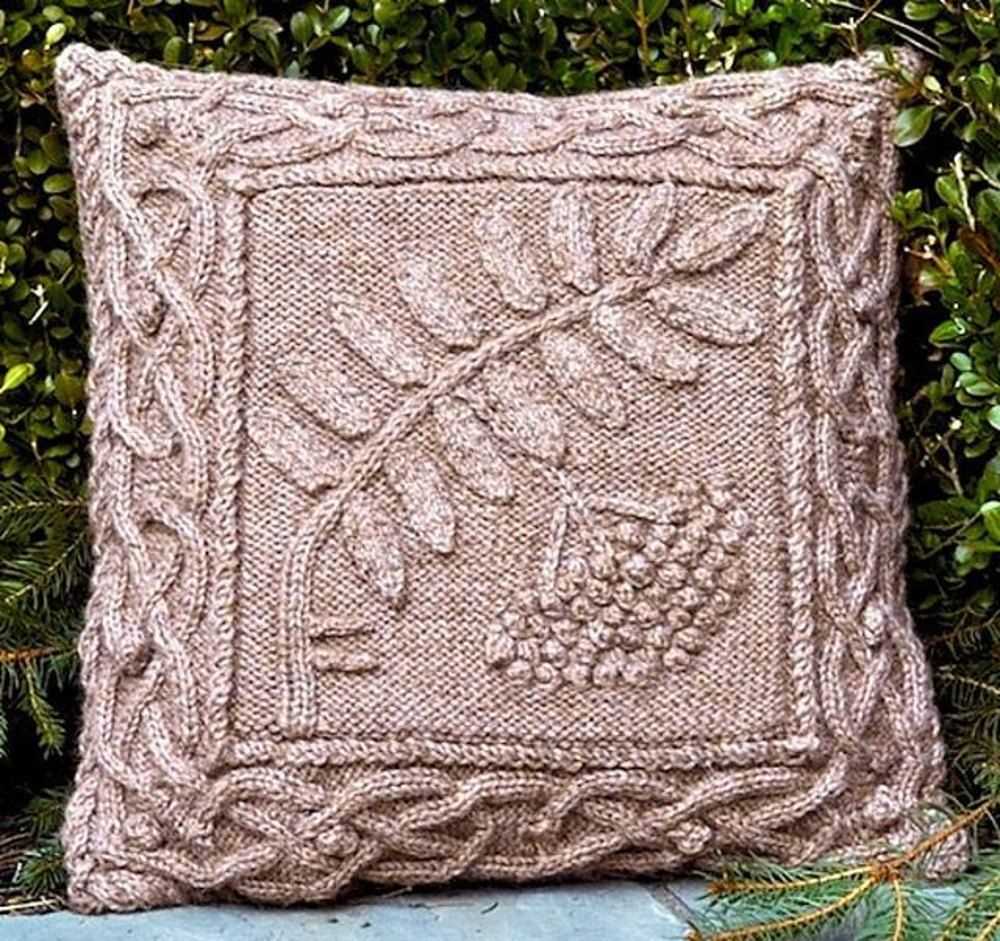
If you’re interested in trying out Persian knitting, also known as Persian stitch or Iranian knitting, there are a few tips and tricks that can help you achieve great results. This technique is known for its beautiful and intricate patterns, and with a little practice and these guidelines, you’ll be on your way to becoming a Persian knitting pro.
1. Choose the right yarn and needles
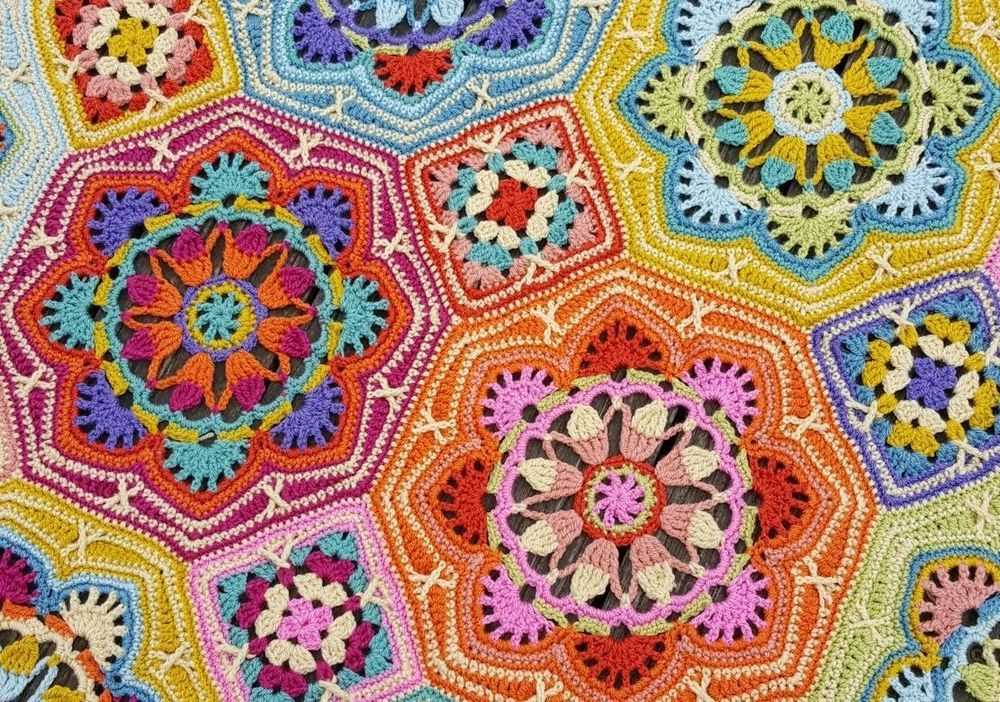
When it comes to Persian knitting, the choice of yarn and needles is crucial. Opt for a smooth and tightly spun yarn with good stitch definition, as this will help showcase the intricate details of the Persian patterns. As for the needles, choose a size that complements your yarn weight and allows you to achieve the desired tension.
2. Familiarize yourself with the pattern
Before diving into a Persian knitting project, take the time to thoroughly understand the pattern. Persian knitting often involves complex stitch sequences and symbol charts, so make sure to study them carefully. Take note of any special stitches or techniques that may be required, and practice them separately before incorporating them into your project.
3. Practice your tension
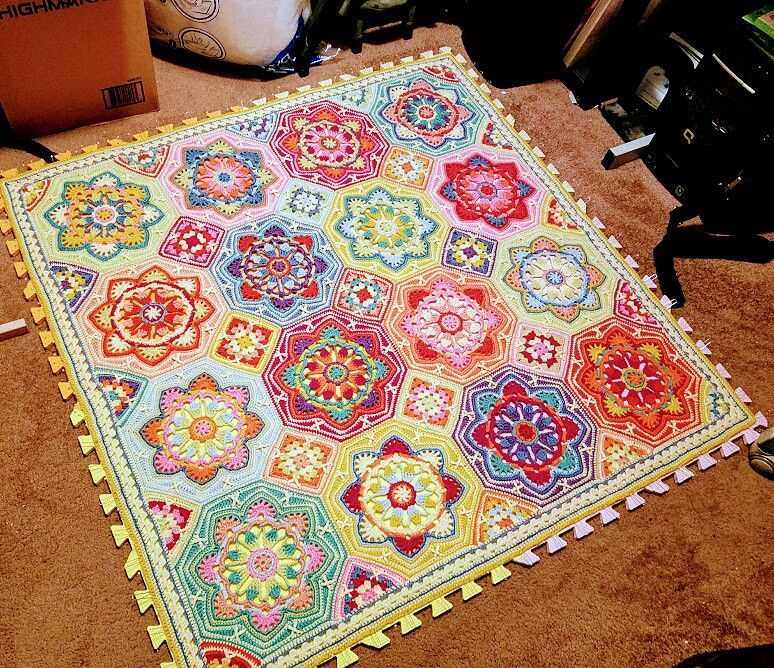
Consistent tension is key to achieving a polished Persian knitting piece. Since this technique involves working with multiple colors and intricate patterns, it’s important to maintain an even tension throughout. Practice knitting with different color combinations and stitch sequences to ensure your tension remains steady, and consider using stitch markers to help maintain the correct stitch count.
4. Block your finished piece
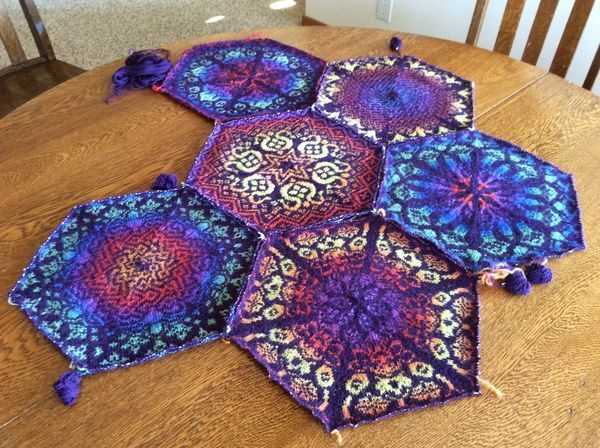
Blocking is an essential step in Persian knitting to ensure that your finished piece looks its best. After completing your project, gently wash it according to the yarn’s instructions, and then lay it flat on a blocking mat or towel. Gently stretch and pin it into shape, taking care to preserve the intricate stitches and patterns. Allow it to dry completely before removing the pins.
5. Don’t be afraid to experiment
Persian knitting offers endless opportunities for creativity and experimentation. Don’t hesitate to try out different color combinations, stitch patterns, or even modify existing Persian designs. Make use of stitch dictionaries and online resources to expand your repertoire and adapt Persian knitting to suit your personal style.
With these tips and tricks in mind, you’ll be well-equipped to tackle Persian knitting projects and create beautiful, intricate pieces. Enjoy the process and let your creativity shine through!
Popular Persian Knitting Projects

If you are a knitting enthusiast looking for unique and beautiful projects, Persian knitting patterns are definitely worth exploring. Deeply rooted in the rich cultural heritage of Persia, these patterns offer a delightful mix of intricate designs and vibrant colors. From shawls to sweaters, here are some popular Persian knitting projects to get you started.
1. Paisley Shawl
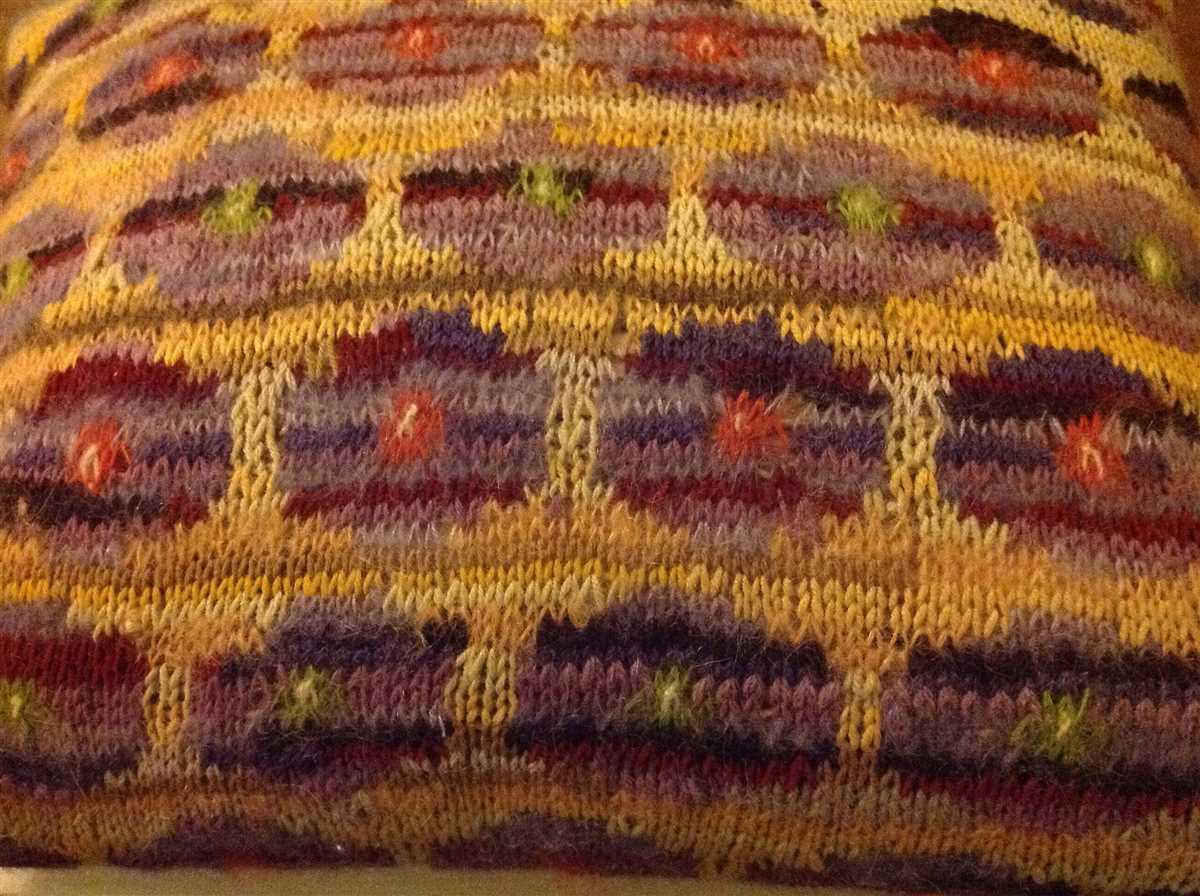
The paisley shawl is a classic Persian knitting project that showcases the artistry and elegance of Persian design. Renowned for its ornate patterns and flowing curves, the paisley motif creates a stunning visual effect on a shawl. Knitted in luxurious yarn, this project is perfect for adding a touch of sophistication to any outfit.
2. Persian Tile Afghan
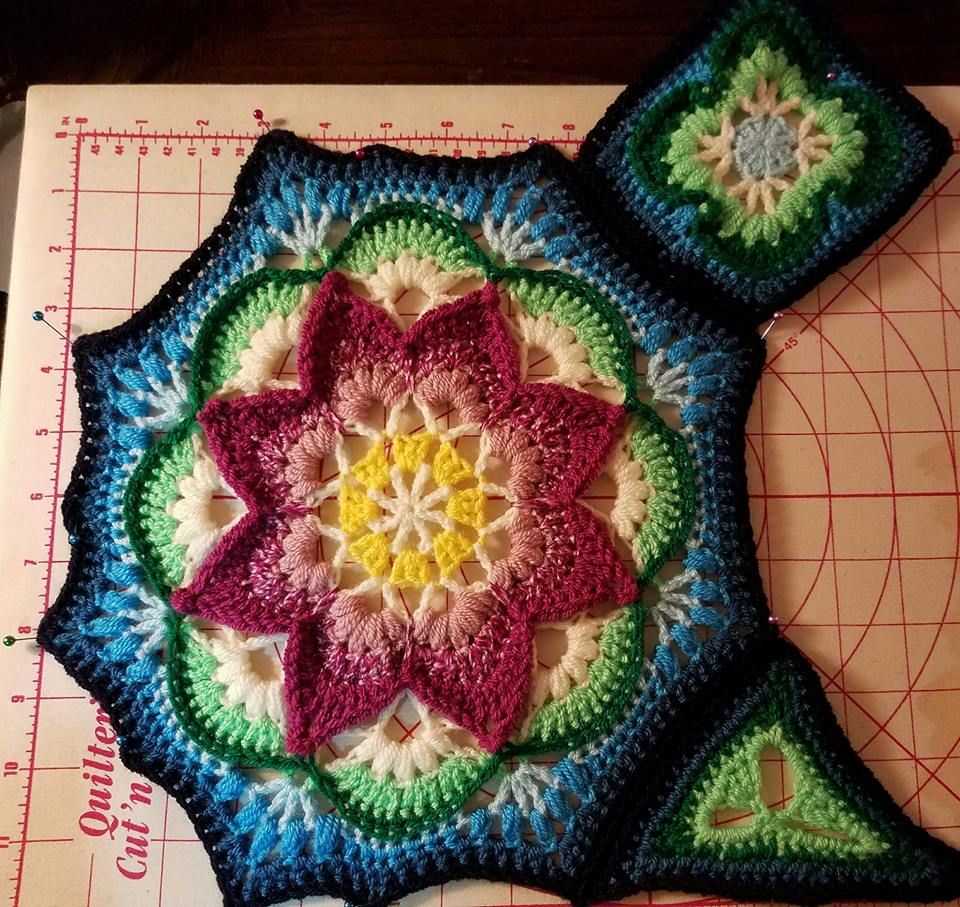
The Persian tile afghan is another popular knitting project inspired by the mesmerizing geometric patterns found in Persian architecture. Knitted in multiple colors, this afghan brings to life the intricate details and symmetry of Persian tile work. It is a challenging yet rewarding project that will impress everyone with its beauty and craftsmanship.
3. Rumi Sweater
The Rumi sweater is a stylish and cozy knitting project that takes inspiration from the poetic verses of the Persian philosopher Rumi. With its flowing lines and delicate texture, this sweater captures the essence of Persian mysticism and grace. It is a versatile piece that can be dressed up or down, making it perfect for any occasion.
4. Persian Rug Scarf
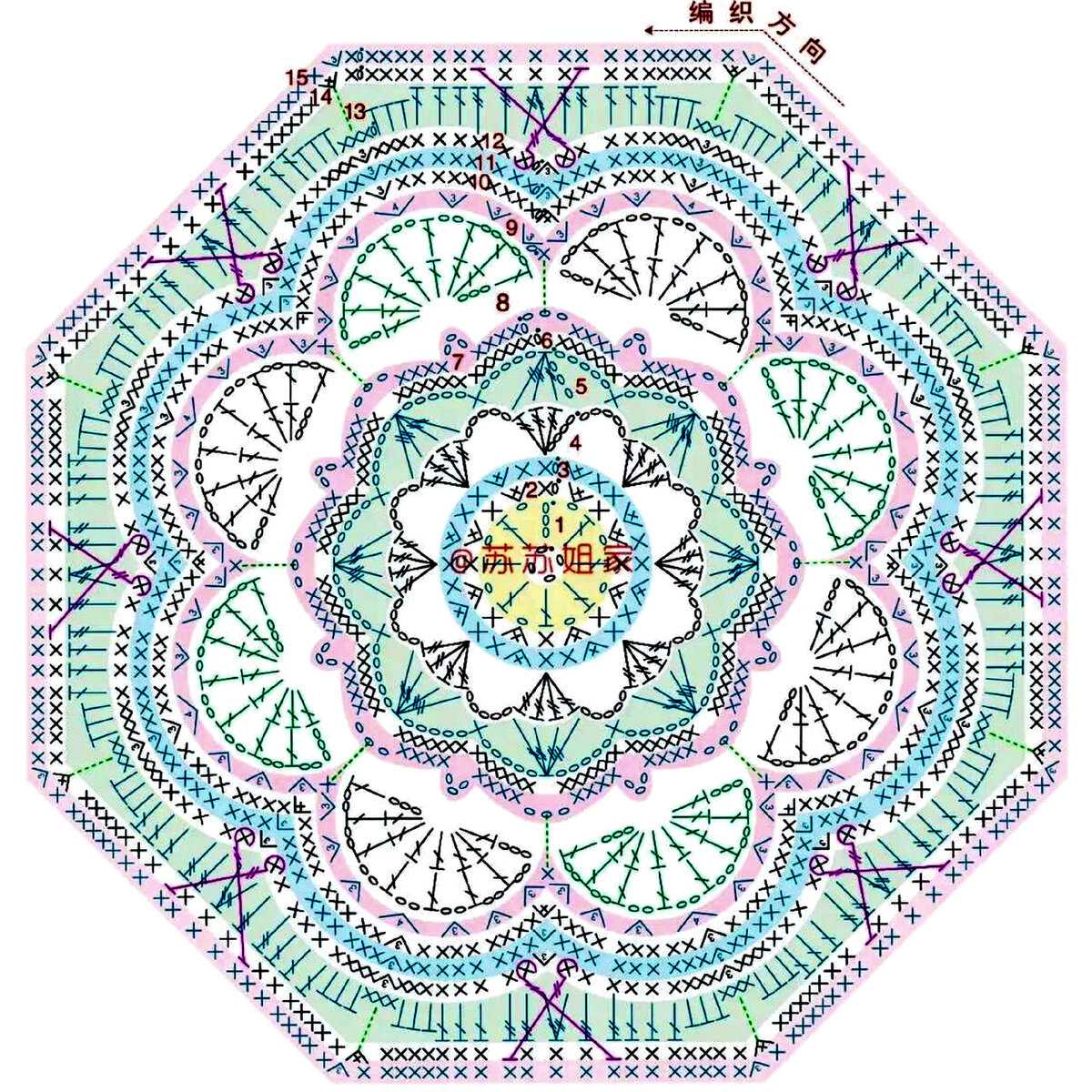
Transforming the intricate patterns of Persian rugs into a scarf, this knitting project is a true work of art. Using a combination of textured stitches and colorwork, the Persian rug scarf captures the warmth and beauty of traditional Persian rugs. Wrap yourself in the rich history and culture of Persia with this unique and eye-catching accessory.
5. Pomegranate Socks
Symbolizing fertility and abundance in Persian culture, pomegranates are a popular motif in Persian art. Knitting a pair of pomegranate socks allows you to incorporate this meaningful symbol into your wardrobe. With their intricate colorwork and intricate stitch patterns, these socks are not only visually appealing but also provide warmth and comfort.
These are just a few examples of the many popular Persian knitting projects that are available. Whether you are a beginner or an experienced knitter, these patterns offer a wonderful way to explore the vibrant and intricate world of Persian design. Get inspired by the beauty of Persia and create stunning and unique pieces that will be cherished for years to come.
Combining Persian Knitting with Other Techniques

Persian knitting, also known as crochet on knitting, is a unique technique that combines the art of knitting and crochet. It originated in Iran and has gained popularity in recent years due to its intricate and beautiful designs. Persian knitting patterns often feature intricate lacework, geometric motifs, and delicate stitches.
One way to combine Persian knitting with other techniques is by incorporating it into a traditional knitting project. For example, you can use Persian knitting to create a border or an embellishment on a knitted shawl or sweater. This adds an extra layer of detail and complexity to the design, making it truly one-of-a-kind.
Another way to incorporate Persian knitting is by combining it with colorwork techniques. You can use Persian knitting to create lace panels or motifs in a different color on a knitted garment. This adds visual interest and creates a striking contrast between the different stitches and colors.
Moreover, Persian knitting can also be combined with other crochet techniques. You can use Persian knitting to create a base for a crocheted motif, such as a flower or a leaf. This combination of knitting and crochet creates a unique texture and allows you to experiment with different stitches and techniques.
In conclusion, Persian knitting can be a versatile technique that can be combined with other knitting, crochet, and colorwork techniques to create stunning and unique designs. Whether you’re adding a touch of Persian knitting to a traditional knitting project or combining it with other crochet techniques, the possibilities are endless. Let your creativity shine and explore the world of Persian knitting!
Where to Find Persian Knitting Patterns and Resources
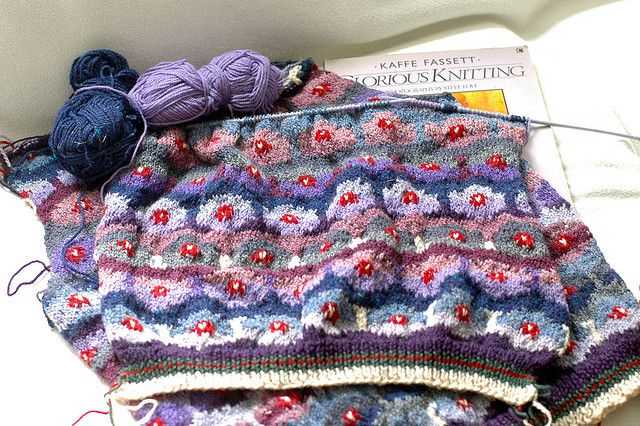
Looking for Persian knitting patterns and resources? You’ve come to the right place. Persian knitting has a rich tradition, with intricate patterns and stunning designs. Whether you’re a beginner or an experienced knitter, there are plenty of resources available to help you explore this beautiful craft.
Online pattern databases: The internet is a treasure trove of Persian knitting patterns. Websites like Ravelry, KnittingPatternCentral, and LoveCrafts offer a wide range of patterns for different skill levels. Simply search for “Persian knitting patterns” and browse through the options. Many of these websites also have forums and communities where you can connect with other knitters and get tips and advice.
Books and magazines: If you prefer a more traditional approach, there are numerous books and magazines dedicated to Persian knitting. Look for titles like “Persian Knitting: A Visual Guide to the Art of Persian Knitting” or “Knitting in Persian: Patterns and Techniques.” These resources often include detailed instructions and charts to help you master the intricate patterns.
Specialty yarn stores: Some yarn stores specialize in carrying unique and exotic yarns, including those used in Persian knitting. Visit your local yarn store and ask if they have any yarns specifically suited for Persian knitting. The staff may also be able to recommend patterns or offer guidance on how to get started.
Workshops and classes: If you prefer hands-on learning, consider attending a workshop or class on Persian knitting. Many knitting stores and community centers offer classes taught by experienced knitters. This is a great way to learn new techniques and get personalized guidance from an expert.
Online tutorials and videos: For visual learners, there are numerous online tutorials and videos available for Persian knitting. YouTube is a great resource, with many talented knitters sharing their techniques and patterns. Search for terms like “Persian knitting tutorial” or “Persian knitting stitch patterns” to find helpful videos.
Remember, Persian knitting takes time and practice to master, so be patient with yourself. Start with simple patterns and gradually work your way up to more complex designs. With dedication and creativity, you’ll soon be creating beautiful Persian-inspired knitted pieces.
Celebrating Persian Knitting in Modern Times
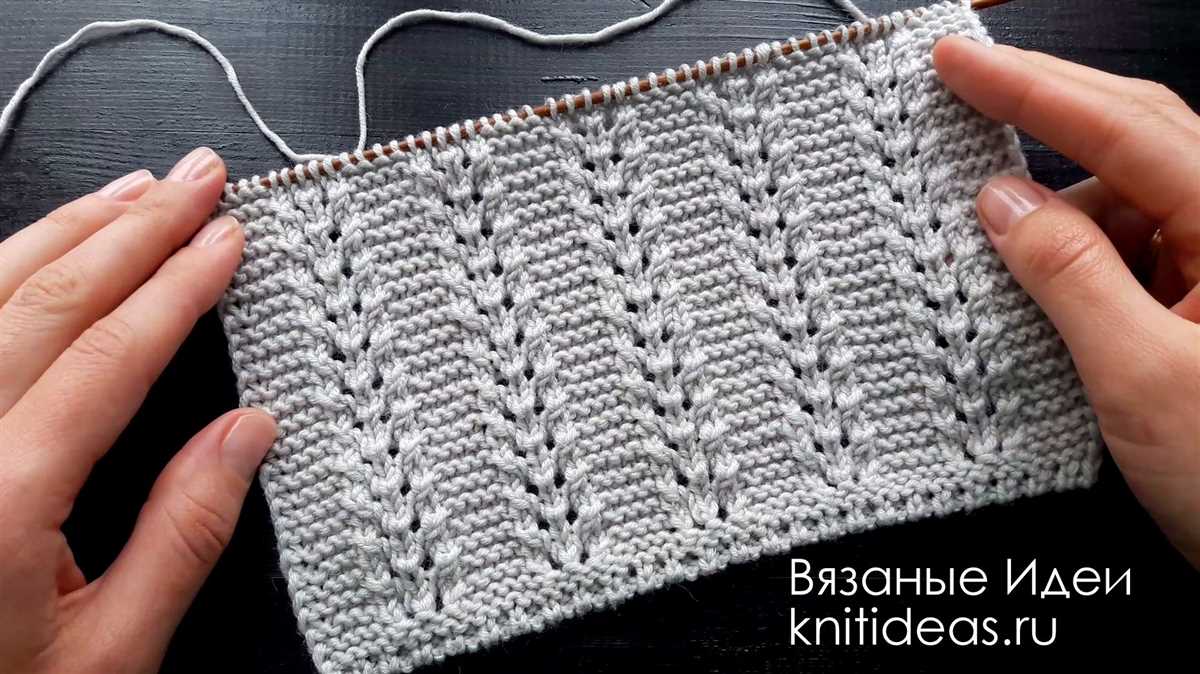
Persian knitting patterns have a rich and vibrant history that stretches back centuries. From the delicate flower motifs of the Safavid era to the intricate geometrical designs of the Qajar period, Persian knitting has captured the imagination of generations.
Even in modern times, Persian knitting patterns continue to inspire and amaze. Knitting enthusiasts around the world are incorporating these beautiful designs into their projects, breathing new life into a centuries-old tradition.
With the advent of digital platforms and social media, it has become easier than ever to share and discover Persian knitting patterns. Knitters can now connect with one another, trade patterns, and showcase their creations online. This has created a global community of knitters who are passionate about preserving and celebrating Persian knitting.
Thanks to the efforts of dedicated researchers and artists, Persian knitting patterns are being rediscovered and revived. Traditional patterns are being cataloged, documented, and made readily available to a wider audience. Knitting workshops and classes are being organized, allowing people to learn and practice this ancient art form.
Today, Persian knitting patterns are not only used in traditional garments and accessories but also in modern and contemporary designs. From sweaters and scarves to home decor items and even art installations, Persian knitting has found its way into various aspects of our daily lives.
As we continue to celebrate the beauty and intricacy of Persian knitting, we honor the skill and artistry of the craftswomen who came before us. Their legacy lives on through the stitches we create and the patterns we pass down to future generations.